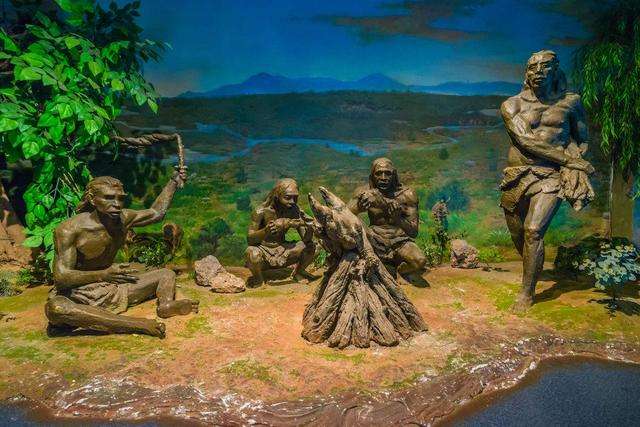The Footprints of the Ancient Chinese
3 min readWith discovery of the relevant evidence and data,a tendency is identifiable that the first Chinese hominid seemed to have appeared in a further earlier period.
By the early 1980s,it was said that Chinese hominid first appeared around just two million years ago;in the middle of 1980s,two front teeth,two permanent teeth and one left mandible with two teeth of the ape man were evacuated in the Dragon Bone Slope of Wushan County in Sichuan province.It is estimated that the Wushan Ape Man lived between 2.04 million years and 2.01 million years ago,so it can be inferred that the first footprints of the hominid appeared forty thousand years earlier.The identified sites left from the remote antiquity shed light on the evolution of human beings.

In 1965 two inner incisors were found at the Nabang Village of Yuanmou County in Yunnan province,which were believed to be fromthe same young ape man.The an cient geomagnetic method reports that the Yuanmou People lived 1.7 million years ago.
Besides,29 mammal fossils were excavated there most of which were herbivores and were hunted by the Yuanmou People using crude stone tools.980 thousand years ago,there lived a group of hominid in the Prince Mountain Ranges of Lantian County in present Shannxi province.Their features are as follows:their skull is fairly thick;the forehead is low and flat;their eyebrow ridge is thick and their brain capacity is 778 milliliters.Compare their stone ware with that of the Yuanmou People,you will find the division of labor in making different types of stone ware.

But the most important thing is that they could walk upright and they were the first who could do so in the north of Asia according to data collected to date.
In 1929 the first skull of the Peking Man was found at Zhoukoudian and up to 1960s 40 fossils of human bodies of different age brackets,90-odd mammal fossils and tens of thousands of stone ware and fire use sites had been found.Once upon a time Zhoukoudian enjoying a comparatively dry climate was encircled by emerald mountains overgrown with lush trees on three sides and open to a broad plain on one side with babbling streams nearby.The Peking Man lived on this piece of land blessed with mountains and water as troglodytes who lived off hunting and collecting.
It was estimated that the Upper Cave Man found between 1933 and 1934 in the Upper Cave of the Dragon Bone Mountain at Zhoukoudian in Beijing lived twentythousand to ten thousand years ago.The Upper Cave Man’s fossils were of eight individuals,male and female,young and old.The test results showed that the malestature was around 1.74 meters and the female 1.59,and their brain capacity was 1,300~1,500 milliliters on the average.In terms of both appearance and intelligence,there is little difference between the Upper Cave Man and the modernman.The Upper Cave Man made great progress in stone craft,developed the procedure of mending the table-board,and were able to make long and thin stone blades through indirect chiseling.Moreover,they could make tiny stone ware through pressing.

Among their array of stone ware,there emerged compound tools such as the stone drill and stone arrowhead in addition to the stone scraping tools.








